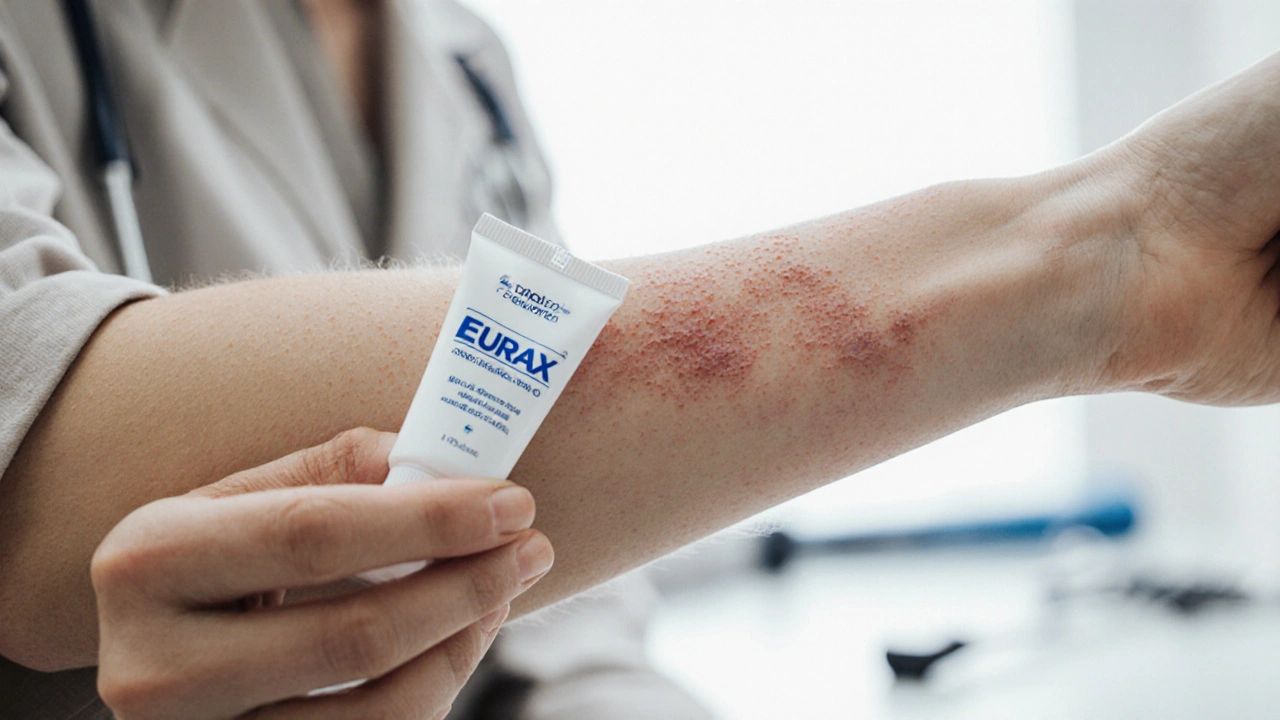Scabies Treatment: Effective Ways to Beat the Itch
When dealing with Scabies Treatment, a set of medical and hygiene steps used to eliminate the mite that causes scabies. Also known as scabies therapy, it targets the root cause, relieves relentless itching, and prevents spread to others.
The culprit, Scabies, a contagious skin infestation caused by the Sarcoptes scabiei mite, thrives in warm, moist environments and spreads through close skin‑to‑skin contact. The most common first‑line solution is Permethrin, a 5% topical cream that paralyzes and kills the mite within hours. Applied from the neck down and left on for the recommended eight‑hour window, permethrin clears the infestation in most cases with minimal irritation. When topical therapy fails or when the infection is extensive, doctors may turn to Ivermectin, an oral antiparasitic that disrupts the mite’s nerve signals. A single dose of 200 µg/kg often does the trick, and a second dose a week later catches any newly hatched mites. Both medications have well‑documented safety profiles, but they’re not interchangeable; permethrin works best for skin‑only cases, while ivermectin is preferred for crusted scabies or for patients who can’t tolerate creams.
Beyond the medicines, successful scabies treatment hinges on three practical habits. First, wash all bedding, clothing, and towels in hot water (at least 50 °C) and dry on high heat; the mite cannot survive temperatures above 45 °C. Second, vacuum carpets and upholstered furniture thoroughly, then seal the vacuum bag for 72 hours to kill any residual mites. Third, avoid scratching, which can introduce bacterial infections and prolong healing; over‑the‑counter antihistamines or moisturizers help soothe the rash while the medication does its work. For children and pregnant women, a lower‑strength permethrin formulation or a carefully monitored ivermectin dose may be necessary, so always consult a healthcare provider before starting treatment. If symptoms persist beyond two weeks after the full course, it’s a sign of possible resistance or reinfestation, and a repeat examination is warranted.
Key Steps in Managing Scabies
Putting it all together, a typical scabies treatment plan looks like this: identify the infection early, apply the appropriate medication (permethrin cream for most cases, ivermectin for severe or resistant cases), follow strict hygiene protocols, and monitor for side effects or relapse. Education is a big part of prevention—teaching family members, schoolmates, or roommates how the mite spreads reduces future outbreaks dramatically. For travelers, packing a small tube of permethrin or a single‑dose ivermectin prescription can be a lifesaver in case of an unexpected exposure. In short, the combination of proven drugs, thorough cleaning, and vigilant follow‑up creates a reliable roadmap to a mite‑free life.
Below you’ll find a curated set of articles that dive deeper into each of these areas—whether you need dosage tables, side‑effect warnings, or tips on keeping your home scabies‑free. Browse the collection to get the detailed guidance you need to start treatment today and stay itch‑free tomorrow.
A detailed comparison of Eurax (crotamiton) with permethrin, benzyl benzoate, ivermectin, sulfur ointment and other scabies treatments, covering efficacy, side effects, cost and usage tips.

